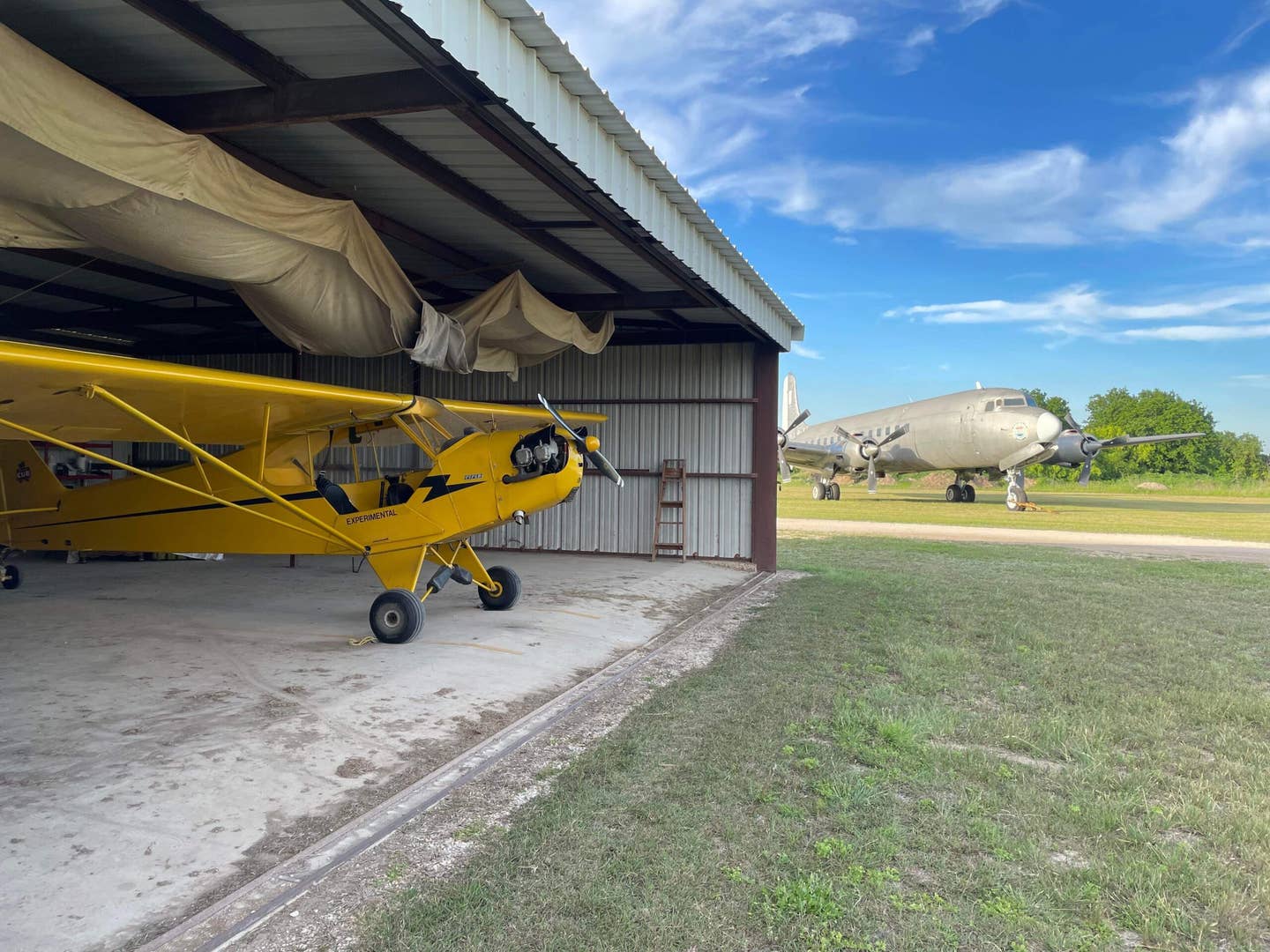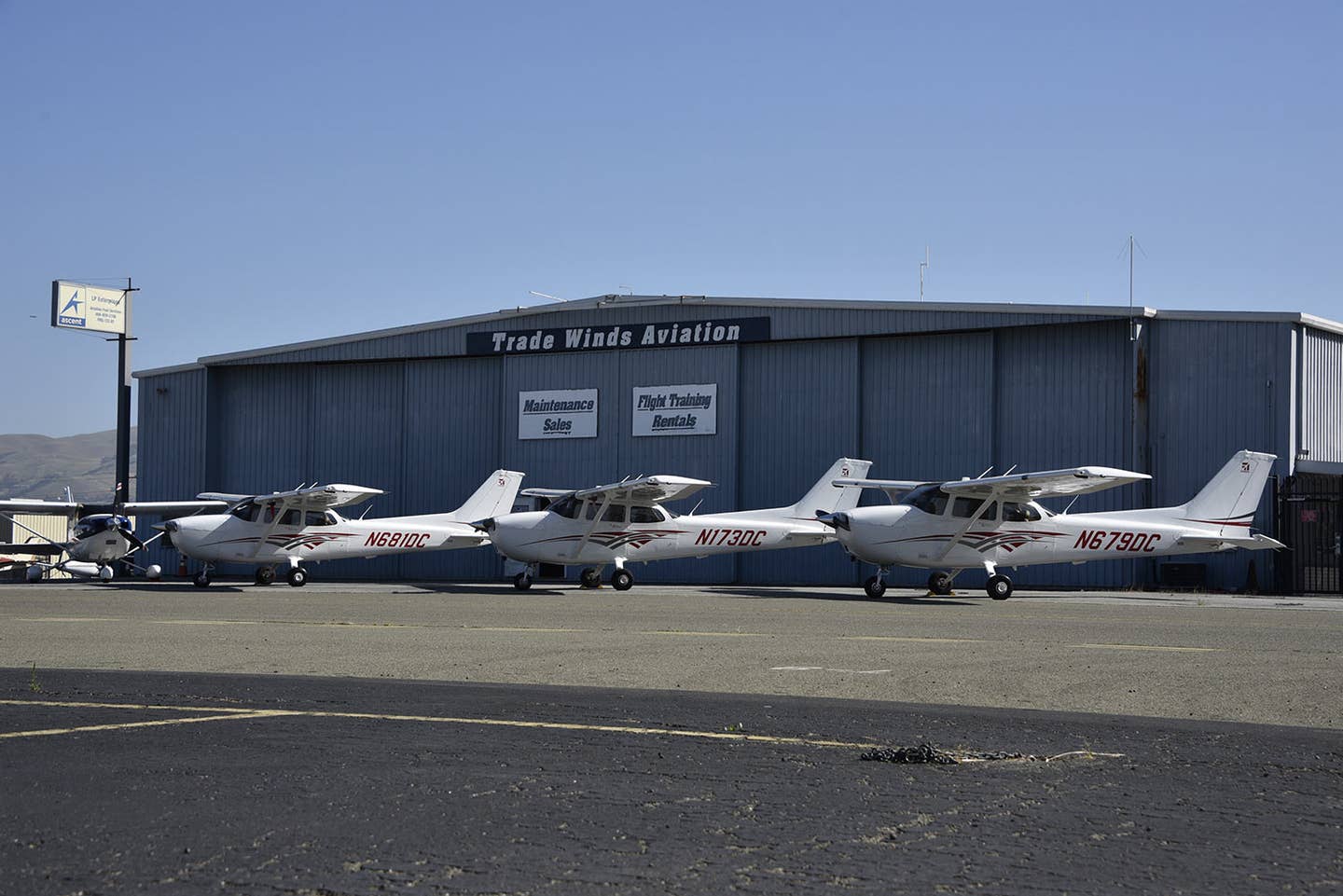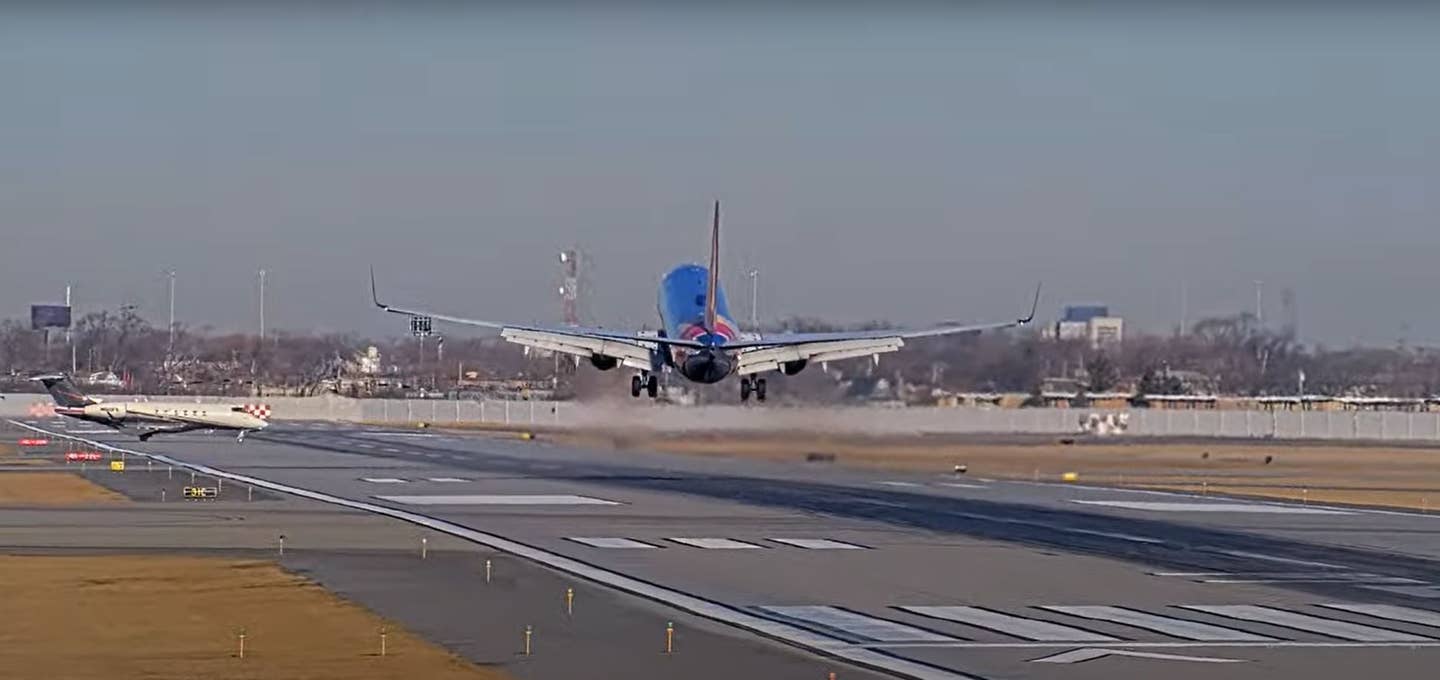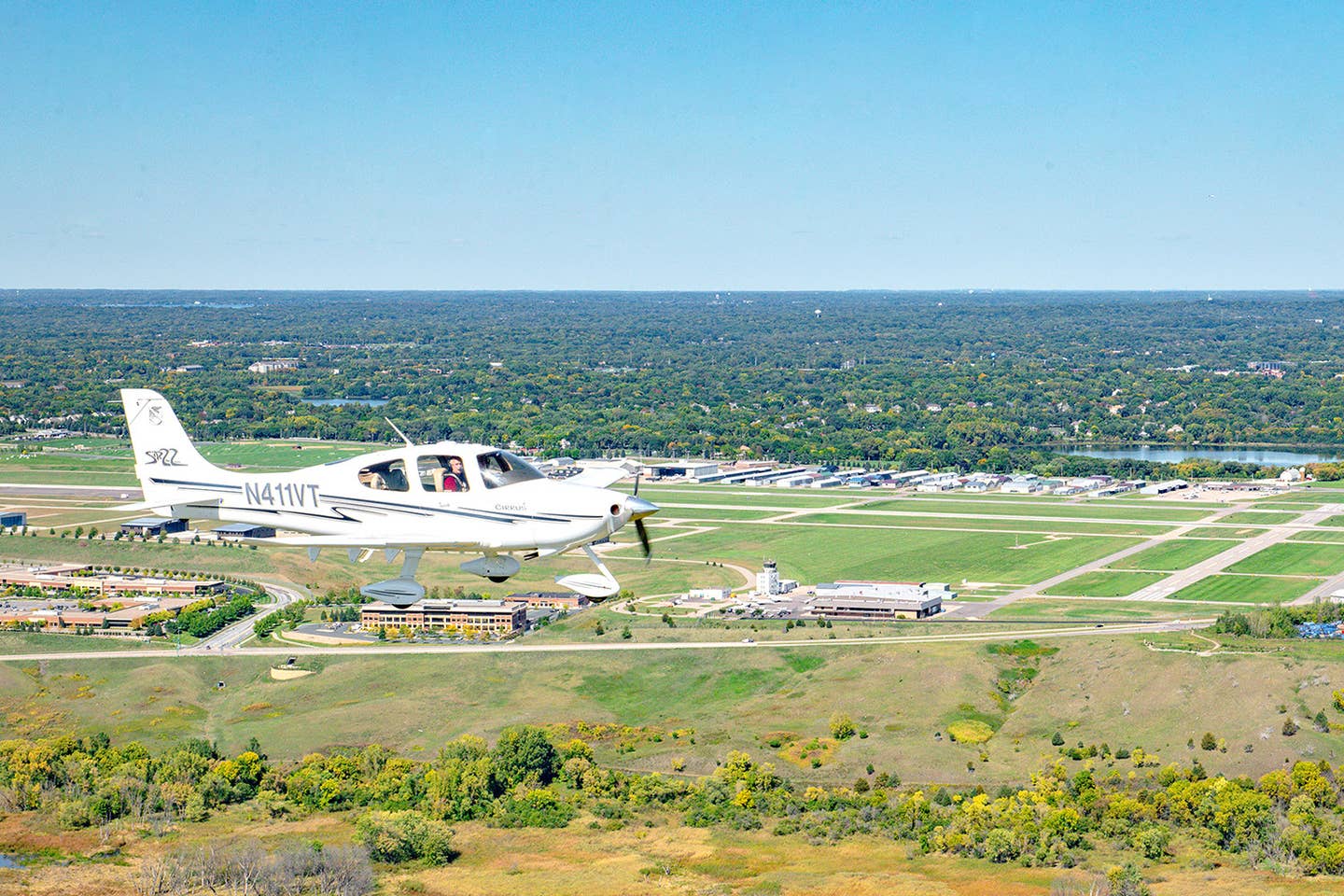Retiring from the Military With GA Benefits
A North Carolina native making plans for life after a career in the U.S. Air Force sets his course for an airpark west of Charlotte and beyond.

2. Paul Zeigler’s J-3, which he currently keeps in Texas. [Courtesy: Paul Zeigler]
General aviation is a welcome distraction for Paul Zeigler, whose day job in the military often pulls his head out of the clouds. Two things recently materialized as the predominant focus of his recent daydreaming: aircraft and residential airparks.
After considerable introspection, Zeigler began turning his hopes into reality, translating years of untouched savings into a quarter-share ownership of a popular single-engine trainer, a Piper J-3 taildragger, and 1-acre lot at an airpark.
“I found out about airpark communities a few years ago, and it always seemed like something that was financially out of reach for me,” Zeigler said. “I thought having a hangar of my own with an airplane in it sitting right next to a small runway would never be anything more than a daydream..”
Zeigler’s 20 years military career has allowed him the time to decide his next steps.
“As a career military service member, I’ve been well cared for and financially secure for 20 years now, yet I had spent that time compromising myself in that arrangement,” he said. “COVID gave me a lot of time to think about that. I spent a considerable amount of time locked down in quarantine and teleworking between duty stations during the worst of it. “When I began to seriously consider questions of what I’d be doing with my life if money wasn’t an issue, my inner child’s voice started getting louder, and one day I put money down for an undeveloped lot at an airpark in Ellenboro, North Carolina, real close to where I grew up.”
After deciding that living at an airpark in fact would be feasible at this stage in his life, Zeigler dived headfirst into learning more about what he calls a “fascinating subculture of people who live an unconventional existence.” He likens airpark residents to those who live in tiny homes or travel across the country in recreational vehicles and wanted to join this cadre of passionate people.
“One day, I caught sight of an advertisement for a lot at what is now Twin Airpark (8NC2),” he said. “It has a 2,500-foot grass strip with a few conventional hangars in place and a couple of hangar homes at the south end. Finding the airpark and researching the options turned out to be one of the more exciting experiences of my overseas assignment.
- REAR MORE: Finding Freedom by Flying in Alaska
“[At the time] I was stationed at the NATO Headquarters in Brussels, Belgium, working in the same building that many global leaders would frequent. The United States had just withdrawn from Afghanistan, and everyone was watching Russia position forces on the border with Ukraine for their pending invasion. Yet these historic events were overshadowed by the process of staking my claim on this airpark property and figuring out how to build some manner of residential hangar on it.
“It was nice to have a long-term goal again, and life started happening as I was busy making my plans.”
There are new challenges associated with making such a life-changing decision. But Zeigler is enthused by them.
“The hardest part was just pulling the trigger to get the ball rolling,” he said. “That’s been the hardest part so far anyway. I’m sure there’s going to be plenty more [challenging] parts, but I’m happy that I won’t find myself on my deathbed asking, ‘What if?’ or saying, ‘I wish I at least tried that when I had the opportunity.’ I’m at a point in life where I can see the tragedy in such things a little more clearly.”
If Zeigler was to go back and take the jump again, he said he would make his splash bigger. But despite that hindsight, he is excited for his future as he’s made it.
“I had been throwing so much of my paycheck into savings ever since joining the military in 2004,” he said. “I had enough saved up to buy the lot outright with no loan. The only thing I regret in the deal was the man selling the lot also offered another acre right next to it for 10 percent off if I bought them both. But I was looking at the savings [and] I had and figured one was enough. I needed something for the structure and flight training when I got back to the States. Over the past couple of years, I’ve been inadvertently setting up a chess board but there are moments when I default to checkers and pass up big opportunities through short sightedness like that.”
Zeigler has roughly two and a half years remaining before he plans to retire from active-duty service in the Air Force. He’s still working to have his personal situation in the right position for when the long-awaited day comes.
Post-separation from the military will be a busy time for him, as he plans to build both hours and a hangar on his lot in North Carolina.
“My current plan is to make use of my time off duty to learn what I can about real estate investing and keep busy flying every week,” he said. “After speaking with some investors here, I was better prepared for reaching out to contractors about building my hangar to the specifications I’m looking for.
“Opportunities really do present themselves at the airport, and I’ve met plenty of like-minded people within the local Experimental Aircraft Association chapters and the Commemorative Air Force. I also recently encountered a group at the Castroville Airport (KCVB) that travels the nation offering rides to senior military veterans in vintage Stearman biplanes, something of a modern-day traveling circus that’s actively keeping the barnstorming culture alive.
“The pilot I spoke with said they’re always looking for volunteers and are open to training those who pay their dues. I sent an application and look forward to seeing what comes of it.”

Sign-up for newsletters & special offers!
Get the latest FLYING stories & special offers delivered directly to your inbox






